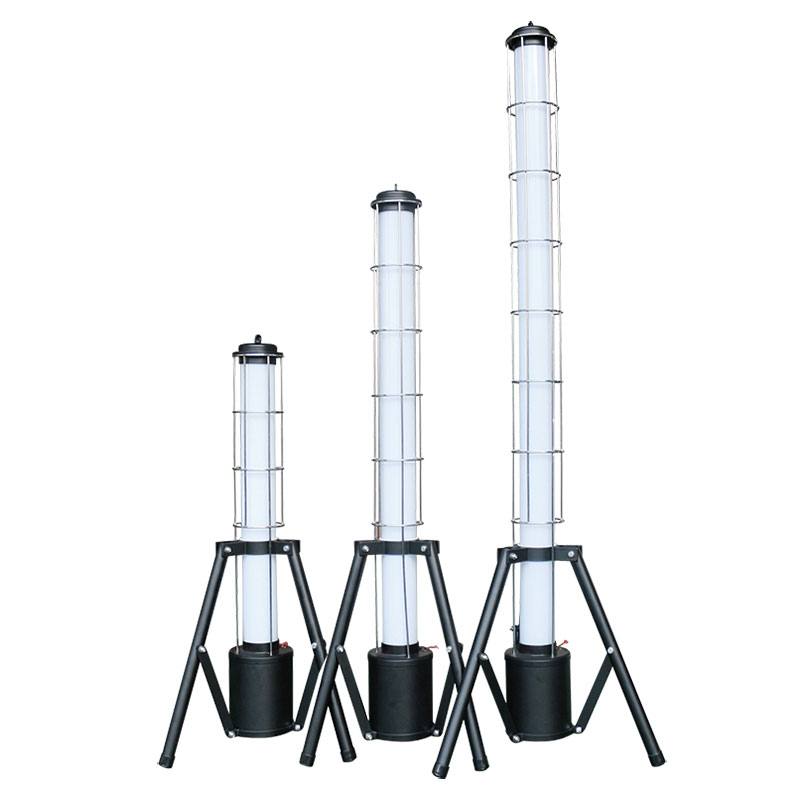Common types and features of work lights
2023-10-18
A work light is a portable and often versatile lighting tool designed to provide illumination in various work environments, especially in areas where the available lighting is insufficient or when working during low-light conditions. Work lights come in a range of designs and types, each tailored to specific applications and needs. Here are some common types and features of work lights:
Types of Work Lights:
1. Handheld Flashlights: These are compact, handheld lights with a focused beam, ideal for providing directional light for tasks that require precision or when moving around in dimly lit areas.
2. Headlamps: Headlamps are worn on the head, providing hands-free illumination. They are popular for activities like hiking, camping, and working in tight spaces where having both hands free is essential.
3. Workshop Lights: These are typically larger lights designed for use in workshops, garages, or construction sites. They often have adjustable stands, hooks, or clamps for mounting and positioning.
4. Floodlights: Floodlights provide wide-angle illumination, covering a large area with even light distribution. They are suitable for lighting up workspaces, outdoor events, and construction sites.
5. Tripod Lights: Tripod lights feature adjustable height stands or tripods, making them convenient for illuminating larger areas and providing versatility in positioning.
6. Rechargeable Work Lights: These lights come with built-in rechargeable batteries and can be charged via USB or traditional power outlets. They are often portable and suitable for outdoor work.
7. Corded Work Lights: Corded work lights are powered by electrical outlets. They provide continuous power without the need for battery replacements but may have limited mobility due to the cord.
8. LED Work Lights: LED work lights are energy-efficient and long-lasting. They offer bright and cool-white light, making them suitable for various tasks.
Key Features and Considerations:
1. Brightness: Work lights come in various brightness levels, often measured in lumens. Choose a brightness level that suits your specific work environment and needs.
2. Lighting Modes: Some work lights offer multiple lighting modes, including adjustable brightness levels and different color temperatures (e.g., warm white, cool white) for different tasks.
3. Battery Life: For portable work lights, consider the battery life or runtime. Some models offer longer battery life through energy-efficient LED technology.
4. Durability: Look for work lights with durable construction, including impact-resistant casings and waterproof or weather-resistant designs, depending on your work environment.
5. Portability: Consider the size and weight of the work light, especially if you need to transport it to different job sites or work in remote locations.
6. Mounting Options: Check for mounting options, such as hooks, clamps, or magnetic bases, to easily position the light where it's needed.
7. Adjustability: Some work lights come with adjustable heads or stands, allowing you to direct the light precisely where it's required.
8. Power Source: Determine whether you prefer a corded work light for continuous power or a rechargeable, battery-powered one for portability.
9. Heat Generation: LED work lights produce less heat compared to traditional incandescent bulbs, making them safer to use and more comfortable for extended periods.
Work lights are valuable tools in various industries, including construction, automotive repair, DIY projects, emergency response, and outdoor activities. The choice of the right work light depends on your specific tasks, the environment in which you'll be working, and your personal preferences for features and portability.



